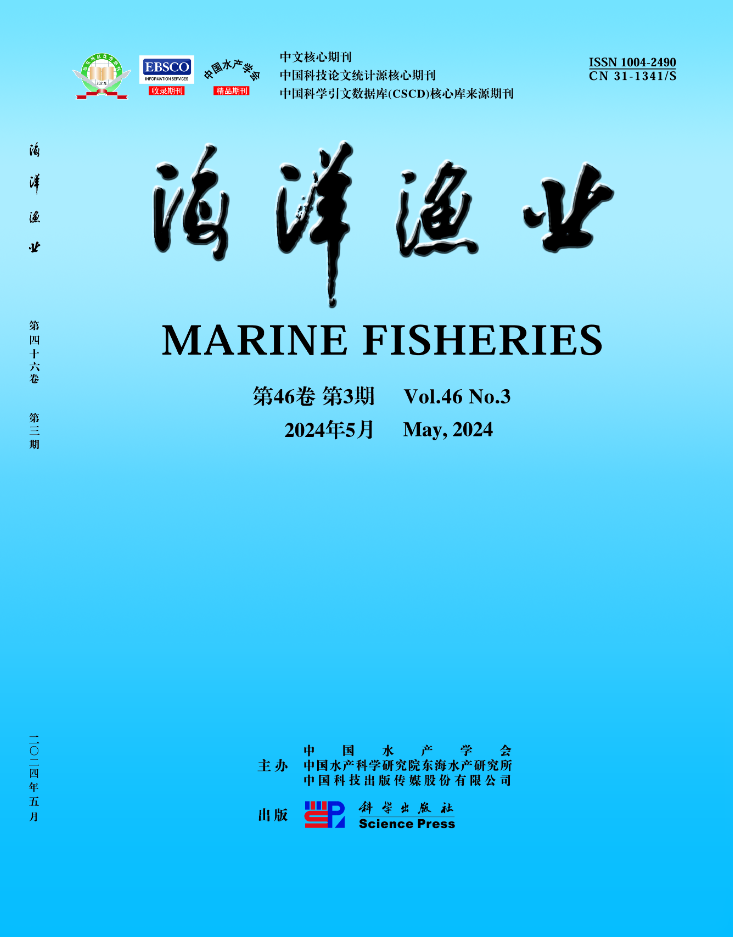中爪哇省泰加拉船厂一艘木制渔船上安装的四桨叶螺旋桨的重新设计
引用次数: 0
摘要
在船舶螺旋桨设计中,船舶发动机向螺旋桨提供的能量应以最小的损失转化为推力。此外,为了提高螺旋桨的燃油效率和寿命,应禁止由于忽视螺旋桨的详细计算而产生不必要的振动和空化。在过去的几十年里,印度尼西亚中爪哇省大部分专注于船舶零部件产业的中小企业(SMEs)向中爪哇港北部的一些造船厂的船舶制造商和船舶修理工提供船用螺旋桨。螺旋桨的设计从来没有被观察和优化过。本文采用b系列螺旋桨理论方法,对某木制渔船已装螺旋桨进行了优化设计。逆向工程方法利用三维扫描仪获取已安装船舶螺旋桨的几何数据。根据船型和发动机规格,通过免费软件计算得到新的优化设计方案。对比结果表明,优化后的桨叶更宽,桨距更大,在发动机低转速下,螺旋桨的开水效率提高了20%。关键词:b系列设计,渔船,船用螺旋桨,再设计,优化本文章由计算机程序翻译,如有差异,请以英文原文为准。
Redesigning of 4 (Four) Blades Propeller Installed in a Wooden Fishing Boat in a Ship Yard in Tegal, Central Java Province
For design of marine propeller, the energy supply from marine engine to the propeller should be converted to thrust force with minimum losses. Furthermore, the unwanted vibration and cavitation due to the overlooking a detail calculation of the propeller should be prohibited for increasing the fuel efficiency and life-span of the propeller. In the last few decades, most of small and medium sized enterprises (SMEs) focusing their work on ship component industry in Central Java Province Indonesia provide the marine propeller to the ship manufacturer and ship repairmen in some shipyards in northern part of Central Java port. The design of the propeller is never been observed and optimized. The aim of the present work is to redesign the installed propeller on a wooden fishing boat with the new optimized design using B-Series propeller theory approach. The reverse engineering method uses three-dimensional scanner to obtain the geometrical data of the installed ship propeller. The new optimized propeller design is obtained from free software calculation based on the boat and engine specification. The comparison shows that the new optimized propeller design has a wider blade and larger pitch and increases 20% of the open water efficiency of the propeller performance at lower engine rotation.
Keywords: B-series design, fishing boat, marine propeller, redesign, optimization
求助全文
通过发布文献求助,成功后即可免费获取论文全文。
去求助
来源期刊
自引率
0.00%
发文量
4336
期刊介绍:
“Marine Fisheries”started publication in 1979, it mainly covers original research papers and reviews on basic theories and applications of aquaculture and fisheries, including marine biology, mariculture and reproduction, aquatic diseases and prevention, nutrition and feed of aquatic organisms, fishery ecology and environmental protection, development and conservation of marine fishery resources, fishing tools and methods, preservation and comprehensive utilization of aquatic products, fishery machinery and instruments.

 求助内容:
求助内容: 应助结果提醒方式:
应助结果提醒方式:


